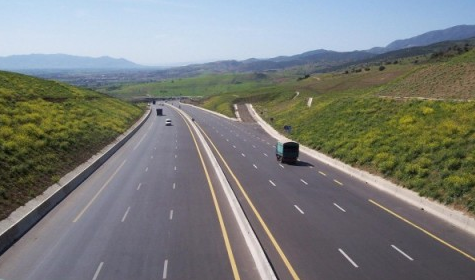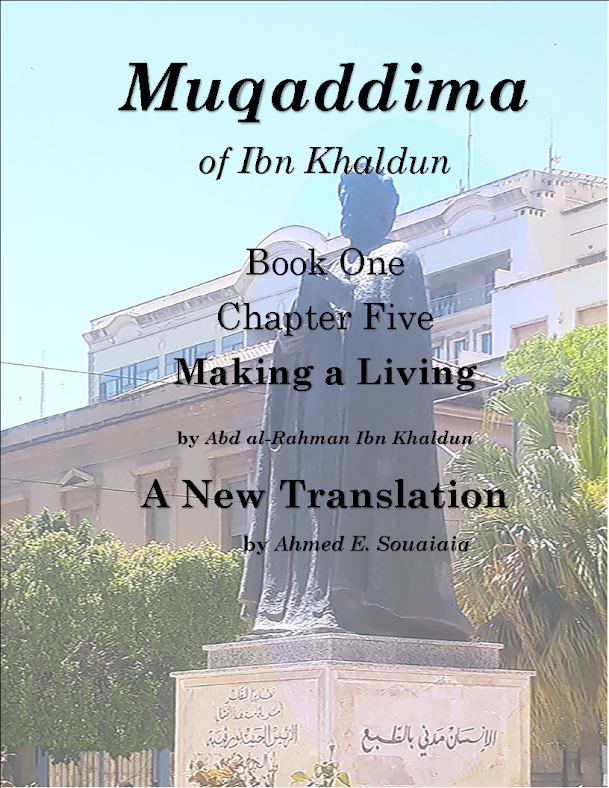
Russia activates its alternative routes to replace transit and shipping through the Black Sea, while Iran Saudi Arabia upgrade their newly revived relations
The chief executive of the Islamic Republic of Iran Railways (RAI) announced on 27 August the transit of Russian cargo to Saudi Arabia via the...



































